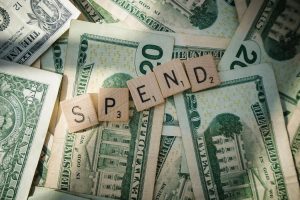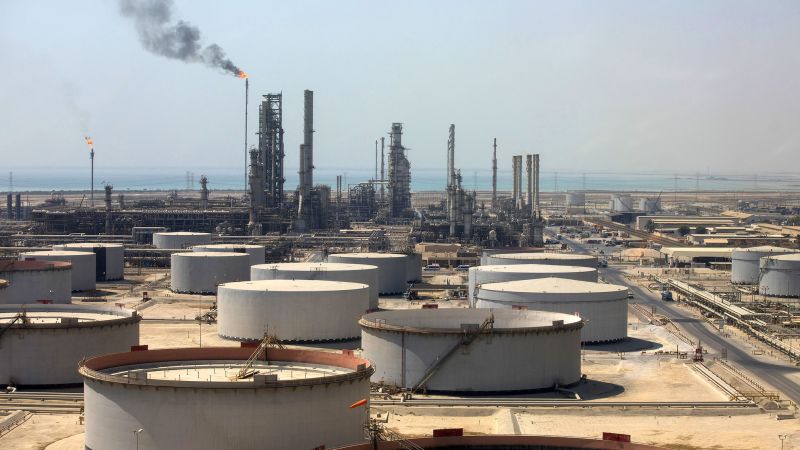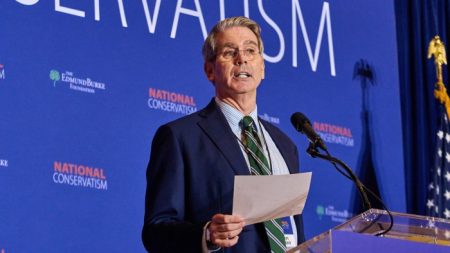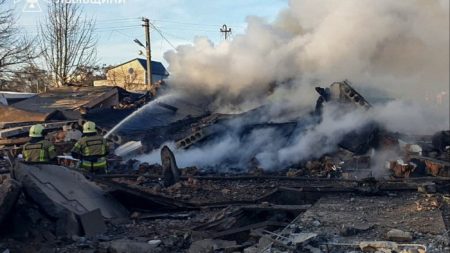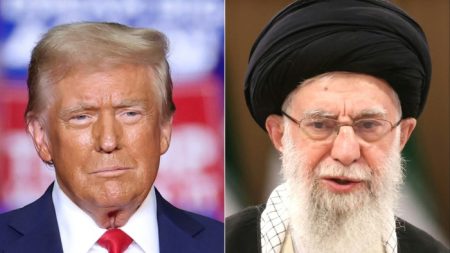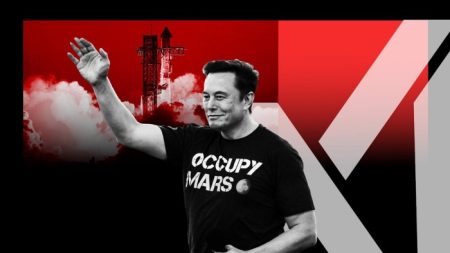Editor’s Note: A version of this story appears in CNN’s Meanwhile in the Middle East newsletter, a three-times-a-week look inside the region’s biggest stories. Sign up here.
Saudi Arabia surprised traders again on Sunday with an oil production cut of about 1 million barrels a day, roughly 1% of global supply, which sent oil prices climbing.
The Brent oil benchmark rose by more than 2% to around $78 a barrel on Monday as Riyadh reacted to economic headwinds that have impacted global oil demand. Saudi Arabia’s voluntary cut goes beyond a broader deal by the Organization of the Petroleum Exporting Countries (OPEC) and allies to limit supply into 2024.
That still leaves oil hovering around 9% lower than the beginning of the year, meaning Saudi Arabia is in a tight spot when it comes to paying for the gigaprojects that lie at the heart of its Vision 2030 program to transform the economy.
Oil prices are $2-3 a barrel lower than the kingdom would prefer, says Amena Bakr, chief OPEC correspondent at Energy Intel. The International Monetary Fund believes the price the Gulf state needs to balance its budget is close to $81.
The kingdom has slipped back into a budget deficit this year after reporting a surplus in 2022 for the first time in almost a decade. During the first quarter, it reported a deficit of $770 million as the government ramped up spending 29%.
But Saudi Arabia knows that it cannot rely solely on a fluctuating oil market for income. Along with its efforts to raise oil prices, it is also trying to bring in investment from abroad.
With deadlines for its Vision 2030 creeping closer, more funding than ever is needed to complete projects such as the $500 billion Neom city in the northwest of the country.
“There’s just a lot of pressure as so many of the projects go into the construction phase now… there’s just a tremendous demand for capital,” says Karen Young, a senior research scholar at the Columbia University Center on Global Energy Policy.
Although non-oil revenues increased by 9% in the first quarter, nearly two-thirds of Saudi Arabia’s income still comes from selling fossil fuels.
And foreign investment isn’t anywhere near where Riyadh wants it to be. Saudi Arabia targets $100 billion in annual foreign direct investment (FDI) by 2030. Last year, FDI slumped a whopping 60% from the year earlier to $7.9 billion, Forbes reported, citing the Saudi Central Bank.
Saudi officials, however, say that the kingdom has plenty of money to fund its ambitious projects, which among others include the 170 kilometer (105 mile)-long linear city called The Line, and a futuristic plan to revamp the capital.
“Unlike many developing countries, the kingdom has been, and to a large degree continues till today, to be long on capital,” Minister of Investment Khalid Al-Falih told CNN’s Becky Anderson in Riyadh Monday. “We don’t want to measure the FDI necessarily by the percent contribution that it’ll make in terms of capital flows, but more about the quality of FDI and what it’s going to do.”
“I would welcome broadening, deepening, diversifying the Saudi capital market, and there will be more listing of significant companies (on the stock market),” added Al-Falih, speaking at an event to launch four new special economic zones to attract investors with low tax rates, exemption from some custom duties and flexible hiring practices.
The new zones are part of Saudi Arabia’s carrot and stick approach to luring foreign capital. While offering many business-friendly incentives, the Gulf state has said it will exclude international companies from access to government contracts unless they move their regional headquarters to the kingdom by some time in 2024. The policy is seen as a direct challenge to Dubai, the traditional business hub for the region.
“We believe that common market integration is good for everybody in the Gulf Cooperation Council. Investors want to be with other investors, and they want to be with professional companies like the accounting, the legal, financial advisory (sectors),” Falih told CNN. “A rising tide lifts all boats.”
In a bid to ensure stability in the region and a safer environment for investors, Riyadh has walked back from a hawkish foreign policy it had adopted when Crown Prince Mohammed bin Salman entered the picture after his father King Salman took the throne in 2015. It has reconciled with Turkey and Qatar, re-engaged with Syria, supported a ceasefire in Yemen, and is normalizing ties with Iran.
“We are guided by our own interests, but also in a benevolent way to our region, because we don’t want our interests to be served while hurting any of our brothers and sisters and surrounding countries,” said Falih. “And wherever our interests are served through reconciliation, through strong relationships with our neighbors and friends, we are the first to advocate for that, to consistently push for that.”
It has also been playing the role of mediator during the ongoing conflict in Sudan, the east African country separated from the kingdom by the Red Sea.
“We think about where most of the tourism development for Saudi Arabia, it’s along the Red Sea coast. So a civil war in Sudan, unrest along the Red Sea corridor, that’s really bad, not just for oil experts,” says Young.
The kingdom has made it clear that it is happy to do business with nearly every country under the right conditions. As the investment minister put it: “And for us to be that significant economy in the world, we have to have strong relationship with strong economic powers in the world. And nobody denies that China, Japan, Korea, Germany, other EU countries and the US are important economic powers that we need to have strong relationships with.”
While maintaining good relationships with Europe and the United States, Riyadh has bet big on China, its biggest trading partner and energy customer. Falih added that the kingdom’s trade relationship with China is “larger than the combined trade relationship with the EU and US .”
“They’re prioritizing their national interests first, and for Saudi Arabia, it’s about diversifying their economy away from oil,” says Bakr. “It’s about Vision 2030. They need to start moving on these projects, financing these projects, and in order do that, they need to increase investment.”
Bilateral trade between China and Saudi Arabia topped $87.3 billion in 2021, and at Monday’s event, Saudi officials announced new partnerships with Chinese steel and ceramic companies totaling $5.3 billion.
But China’s recovery from the pandemic has lost steam, with factory activity at its weakest level since the country ended its zero-Covid policy in December, and there’s no guarantee that trade relationship will grow.
“Those are the big questions marks… it’s sort of written off into recession, slow moving (growth) and there’s a lot of anxiety over what might happen,” says Young. Alongside China’s slowing economy and a sluggish oil market, there are fears for a potential global recession, with Russia’s ongoing war on Ukraine adding uncertainty to the market. Saudi Arabia will continue spending to try reach its 2030 goals, but unless there are substantial shifts in inward investment or the price of oil, the numbers won’t add up, says Young.
That has not deterred Riyadh, however, and Falih says it is full steam ahead.
“Political and economic headwinds are part of the landscape we’re used to,” he said. “We have the resilience to absorb them and to navigate our way around them, and continue on our trajectory.”
Read the full article here


